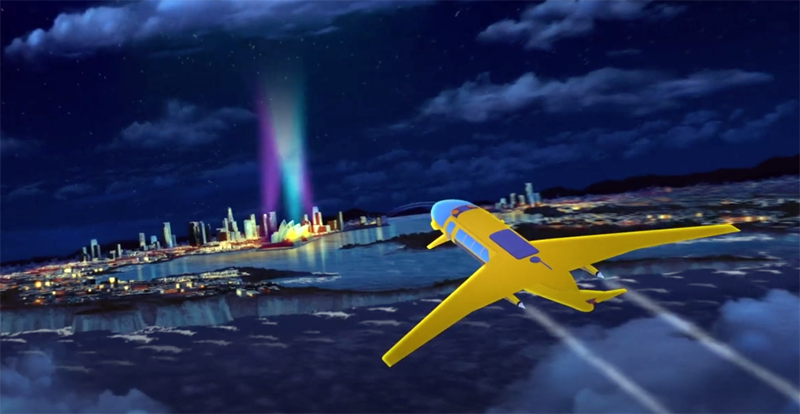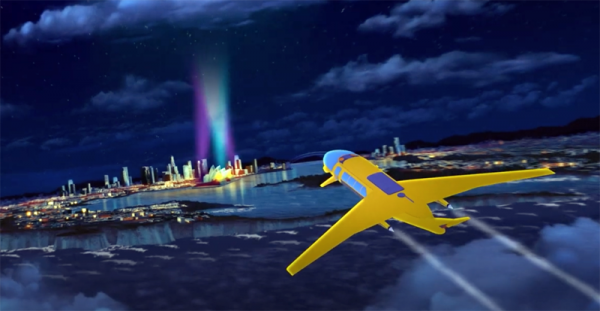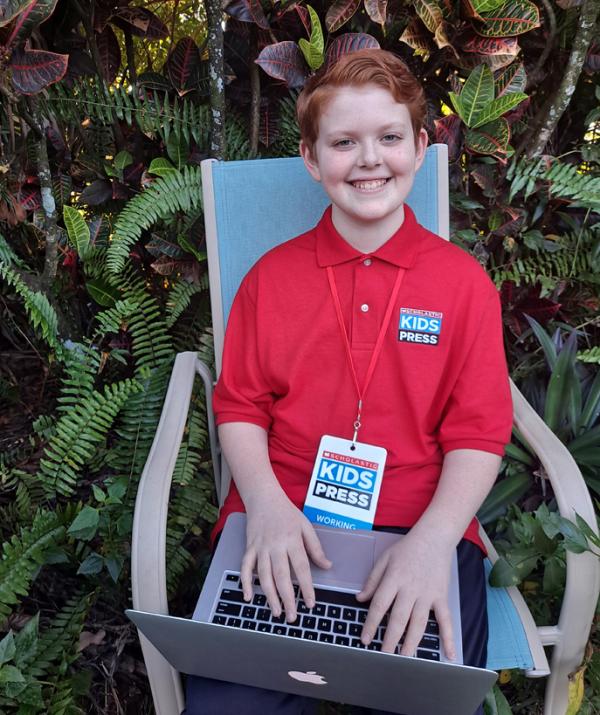KID REPORTERS’ NOTEBOOK
Understanding Time Zones


The Magic School Bus Rides Again explores time zones in a new Netflix episode.
Have you ever wondered why television shows advertise their air dates with different hours, like 8 p.m. Eastern Time (ET) and 7 p.m. Central Time (CT)? Time zones are the cause of that, and much more.
A time zone is a designated area of the globe that shares a standard time. This can include several countries. If the area is large enough, a country can have multiple time zones.
There are 24 time zones around the world. When a television program is advertised with two times at once, it tells viewers in both locations when that show will air.
FROM THE U.S. TO OUTER SPACE
Time zones were created because of Earth’s rotation. The sun illuminates the Earth, but only one portion at a time. Since the sun can’t rise in every part of the world at once, time zones maintain logical order and regulate day and night across the globe. Without time zones, we might have sunrise at 3 o’clock in the morning!
The continental United States has four time zones. But the country and its territories have others, including Hawaii Aleution Time and Alaska Time. France has territories all over the world, so it has 12 time zones, the most of any country.
Time zones typically follow longitude, but sometimes they can be a matter of convenience. Time zones are even used in space. The International Space Station follows GMT (Greenwich Mean Time), which is 5 hours ahead of ET in the U.S.
During the warmer months, most countries observe Daylight Saving Time, pushing the clock forward an hour to take advantage of additional sunlight. In Florida, where I live, we switch from Eastern Standard Time to Eastern Daylight Time in the spring.

Lincoln interviews Kid Reporter Nanaka Takahashi, who lives in Japan.
THE MAGIC SCHOOL BUS TIME HOPS
A new episode exploring time zones airs on The Magic School Bus Rides Again on December 26 on Netflix. To further understand how time zones work, I spoke with Scholastic Kid Reporter Nanaka Takahashi. She lives in Japan, an island country in East Asia that is 15 hours ahead of my time in Florida.
I woke up at 5:30 a.m. ET to interview Nanaka. My eyelids felt like sandbags as we discussed the challenges of time zones for reporters like us. “It takes a long time to get a response because of the different time zones around the world,” Nanaka said. “It’s hard because when I can talk, it’s either very early or very late in other countries.”
I knew what she meant. Because of the 15-hour difference between us, Nanaka was soon going to bed, while the sun had yet to rise for me.

Lincoln works on his article from his home in Florida.
DIFFERENT SCHEDULES
Kid Reporter Munveer Singh lives in California. His state is on Mountain Time, which is three hours behind me in Florida. Since it was impossible for Munveer, Nanaka, and me to talk at the same time without it being the middle of the night for one of us, he emailed me about his experiences.
“Once, when I was covering a book published by the World Health Organization,” Munveer recalled, “I had to get up at 5:30 a.m. my time to interview one of their press correspondents in Geneva, Switzerland. It was annoying, but I found it quite fun to be up so early.”
Munveer also has challenges when he wants to communicate with family members who live in India. “It’s difficult because I can only talk with them at around 8 or 9 a.m.,” he explained, “or after 8 or 9 p.m.”
While time zones might pose challenges to communication and our sleeping hours, they certainly keep our world on a logical schedule.
